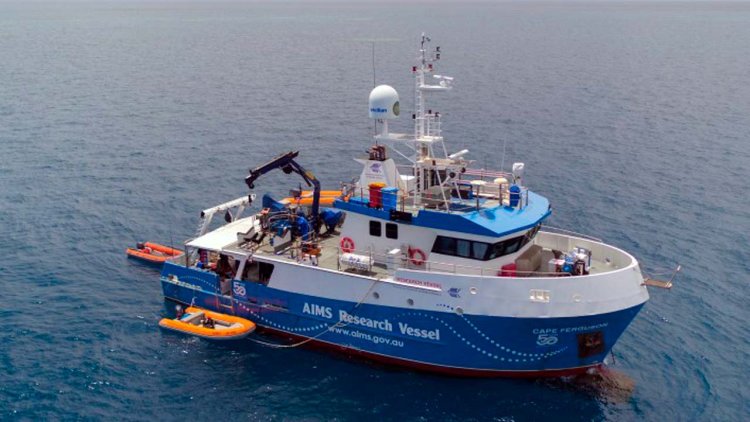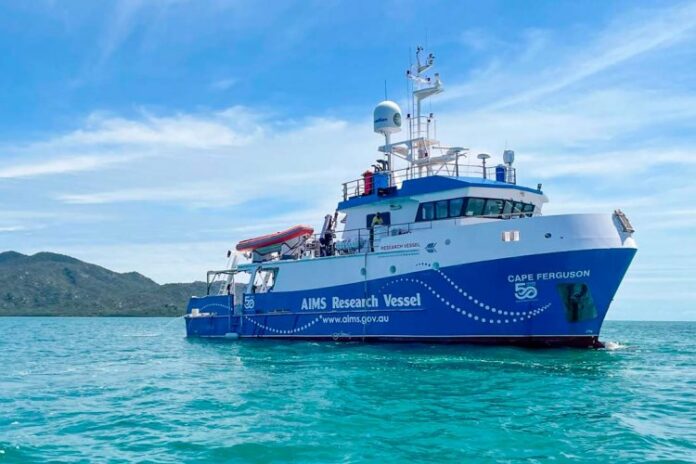A consortium of world-renowned vessel designers has been appointed by the Australian Institute of Marine Science (AIMS) to complete the detailed design of a new state-of-the-art marine research vessel.
United States-based marine consultants Glosten will partner with One2three Naval Architects from Sydney and Maritime Surveyors Australia from Melbourne on the vessel design. The collaborative design process with AIMS is due to be completed by June 2024.
AIMS CEO Dr Paul Hardisty said the new vessel will feature an environmentally friendly design with high efficiency, reduced fuel usage, good sea keeping and modular capabilities. This will ensure it can operate effectively to meet AIMS’ research needs and be a platform for the latest technology for integrated data collection, both now and into the future.
“Our research vessels are integral and essential to Australia’s marine research capability, giving our scientists access to the diverse habitats that make up our remote and extraordinary tropical waters and enabling them to conduct experiments at sea,” said Dr Hardisty.
“We need a new generation of vessel, one that will enable us to keep delivering the science Australia needs to protect our tropical oceans, and support the sustainability of our blue economy, both now, and over the 30-year life of the vessel.”

The new research vessel is designed to replace the RV Cape Ferguson, which joined AIMS’ research fleet in 2000 and has been the work horse of AIMS’ field research and monitoring programs in northern Australia. It has typically travelled more than 15,000 nautical miles annually, during more than 270 days at sea each year, but is now at the end of its operational life.
The new vessel will be bigger and more capable than its predecessor, with a larger work deck, room for more scientists on board, and the ability to act as a multi-technology and sensor platform, coordinating a range of autonomous systems. The design consortium will produce three concepts for consideration by AIMS, including multi-hulled options.
Dr Hardisty added: “RV Cape Ferguson, or The ‘Fergie’ as she is affectionately known to our staff, has served our researchers and partners well, supporting many projects including AIMS’ Long Term Monitoring Program of the Great Barrier Reef, the most comprehensive monitoring program of any reef system in the world.”
Funding worth $5.3million for the design phase of the new vessel leading to a detailed business case was announced by the Australian government in March 2022.



